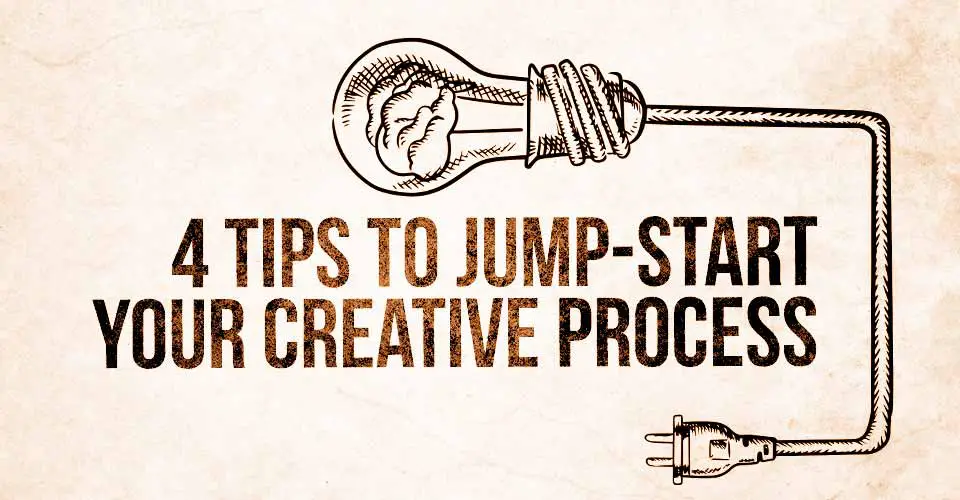
If you are a creative person, you know all too well that your creative process is at the heart of what you do. I use the word “process” because that is exactly what it is. People don’t understand how important that process is to whatever it is that you create. Whether you are a writer, musician, or artist – your brain and heart have to be aligned to let those creative juices flow. It is amazing how the smallest distraction can completely derail the creative train. There are days that I can’t string 2 sentences together, and then there are days when I will write for 18 hours straight.
That manic nature of my creative flow was killing my productivity. I really started focusing on finding a routine that helped jump-start the creative process no matter what was going on elsewhere in my world. These are some simple tips that can help you regulate that creative process to get the most out of the time you put into your art.
Method to your Music
Music can be one of the most powerful inspirational tools in your bag of goodies when it comes to sparking creativity. I literally listen to music just about every waking hour of the day. What I found was that different types of music worked better for different activities. Kind of obvious, I know. I took that concept a step further and starting structuring my music selections based on what tasks I was doing. For instance, when I was plotting out what I was going to write and taking notes, I listen to slower, deeper, more lyrically driven music. Stuff that I would actually stop on occasion and really listen to.
When it came time to actually write, I switched to something much more upbeat, less lyrical, and more tempo-driven. For instance, while I am outlining what I am going to write I’m more likely to listen to The Civil Wars. When it’s time to write, I switch to Tupac and early 90’s hip-hop. The shift in music is almost like shifting gears in my brain. I will also shift back and forth if I start struggling with something, or have an idea that is stalled. Something about that shift in music seems to separate the prep time from the actual work time.
It’s all in the Prep Work
Speaking of prep work, it is critical to the creative process. If you are a painter, you’ve got to get your paints, easel, and medium all set up to get ready to paint. If you are a musician, you’ve got to tune your instruments. The point is: no matter what kind of art you produce – there are preparations to be made. In my opinion, this prep time should almost be a ritual. Taking the same steps, in the same order, and in the same manner. For instance, before I sit down to write, I review notes from the previous day and see if there is anything I haven’t covered yet.
Then I flip to a fresh, clean page in my notepad and start outlining whatever it is I am going to write that day. Then I go through tentative titles and lay out the articles in outline form in a document on my laptop. From there, I shift gears into writing mode and fill those outlines in. No matter what I am writing about, the process is always the same. Sure, it can seem monotonous at times, but in reality – you are almost conditioning your brain to focus on the structure before the creative side kicks in.
Don’t let your Setting get Stale
One important and sometimes difficult aspect of the creative process can be your setting. When you work in the same place all the time, every day, your setting can get stale. I make it a point to move my laptop around throughout the day. I love my setup at my desk, but I know there is a complete change of pace that can come from moving to another room or especially going outside. The problem is: not every artist can just change their setting.
For instance, if you are a painter and have a studio, it’s not like you can just adjust your setting like I can pick up my laptop and move to a different room or location. If you’re an artisan who makes blown glass, changing your surroundings would be next to impossible because of the equipment involved. You can change your setting, though. Little things like scented candles that you change out on a regular basis, lighting changes, and even just re-arranging the workspace you spend your time at can make your environment seem completely different.
“Homeostasis”
Homeostasis seemed like the best way to explain the concept of getting yourself in a consistent physical and mental state to be creative. For example, I work best on an empty stomach and a liberal dosage of caffeine. If I’ve just eaten a big meal, my brain is slow. For some people, their brains work better after physical exercise. If your body is worn out, sometimes your brain actually works better. The important thing is to figure out what works best for you and repeat it. Everyone is different in what gets their creativity flowing.


